基于51單片機的LCD1602四數據線驅動程序,LCD1602單片機驅動程序
關鍵字:LCD1602,C程序
/這個程序已經調試過了
//下面調用實例
//////////////////////////////////
//LCD1602讀寫頭文件
//四線驅動方式
//////////////////////////////////
#include
#include "LCD1602.h"
/*-----------
管腳定義在液晶頭文件中
-----------*/
void main(void){
LCD_init();
p=LCD_PutStr("Hello Lcd1602!\n",-1); //顯示一段文字
p=LCD_PutNum(1234,2,p); //顯示12.34這個數
while(1);
}
/*---------------------------------------------------------
液晶LCD1602C 使用4條數據線(D4~D7)
-----------------------------------------------------------*/
/*-------------------------------------------------------------
LCD引腳定義
1---GND
2---VCC
3---VO
4---RS
5---RW
6---EN
7到14--D0-D7
15--背景燈+
16--背景燈-
-----------------------------------------------------------------*/
#include
#include
#define LCD_DATA P2
sbit LCD1602_RS=P2^2;
sbit LCD1602_EN=P2^3;
函數說明
--------------------------------------------------------------------------------------------------*/
void LCD_init(void);
void LCD_en_write(void);
void LCD_write_command(unsigned char command) ;
void LCD_write_data(unsigned char Recdata);
void LCD_set_xy (unsigned char x, unsigned char y);
void LCD_write_string(unsigned char X,unsigned char Y,unsigned char *s);
void LCD_write_char(unsigned char X,unsigned char Y,unsigned char Recdata);
void delay_nus(unsigned int n);
void delay_nms(unsigned int n);
{
_nop_();
}
{
unsigned int i=0;
for (i=0;i
}
void delay_1ms(void) //1ms延時函數
{
unsigned int i;
for (i=0;i<1140;i++);
}
void delay_nms(unsigned int n) //N ms延時函數
{
unsigned int i=0;
for (i=0;i
}
void LCD_init(void) //液晶初始化
{
delay_nus(40);
LCD_write_command(0x28);
delay_nus(40);
LCD_write_command(0x28);
delay_nus(40);
LCD_en_write();
delay_nus(40);
LCD_write_command(0x28); //4位顯示
LCD_write_command(0x0c); //顯示開
LCD_write_command(0x01); //清屏
delay_nms(2);
}
{
LCD1602_EN=1;
delay_nus(1);
LCD1602_EN=0;
}
{
delay_nus(16);
LCD1602_RS=0; //RS=0
LCD_DATA&=0X0f; //清高四位
LCD_DATA|=command&0xf0; //寫高四位
LCD_en_write();
command=command<<4;????????? //低四位移到高四位
LCD_DATA&=0x0f; //清高四位
LCD_DATA|=command&0xf0; //寫低四位
LCD_en_write();
}
{
delay_nus(16);
LCD1602_RS=1; //RS=1
LCD_DATA&=0X0f; //清高四位
LCD_DATA|=Recdata&0xf0; //寫高四位
LCD_en_write();
Recdata=Recdata<<4;?????????????? //低四位移到高四位
LCD_DATA&=0X0f; //清高四位
LCD_DATA|=Recdata&0xf0; //寫低四位
LCD_en_write();
}
void LCD_set_xy( unsigned char x, unsigned char y ) //寫地址函數
{
unsigned char address;
if (y == 0) address = 0x80 + x;
else address = 0xc0 + x;
LCD_write_command(address);
}
{
LCD_set_xy(X, Y); //寫地址
LCD_write_data(Recdata);
}
unsigned char i;
if(pos==-1){
LCD_write_command(0x01); //清屏
delay_nms(2);
pos=0;
}
while((*DData)!='\0'){
switch(*DData){
case '\n': //如果是\n,則換行
{
if(pos<17){?????
for(i=pos;i<16;i++)
LCD_write_char(i%16, i/16, ' ');
pos=16;
}
else{
for(i=pos;i<32;i++) LCD_write_char(i%16, i/16, ' ');
pos=32;
}
break;
}
case '\b': //如果是\b,則退格
{
if(pos>0) pos--;
LCD_write_char(pos%16, pos/16, ' ');
break;
}
default:
{
if((*DData)<0x20){
*DData=' ';
}
LCD_write_char(pos%16, pos/16,*DData);
pos++;
break;
}
}
DData++;
}
return(pos);
}
int LCD_PutNum(unsigned long num,int XS,int pos){ //從右邊數,保留幾位小數
unsigned long tmp=0;
unsigned char numbits=0;
if(pos==-1){
LCD_write_command(0x01);
delay_nms(2);
pos=0;
}
if(num==0){
LCD_write_char(pos%16, pos/16, '0');
pos++;
}
else{
if(num<0){???
LCD_write_char(pos%16, pos/16, '-');
num*=(-1);
pos++;
}
while(num){
tmp=tmp*10+(num%10);
num=num/10;
numbits++;
}
while(tmp){
LCD_write_char(pos%16, pos/16, (tmp%10)+48);
tmp=tmp/10;
pos++;
numbits--;
if(numbits==XS) pos=LCD_PutStr(".",pos); //顯示小數點
}
while(numbits--){
LCD_write_char(pos%16, pos/16, '0');
pos++;
}
}
return(pos);
}
發布評論請先 登錄
相關推薦
基于51單片機的二氧化碳濃度檢測調節系統仿真
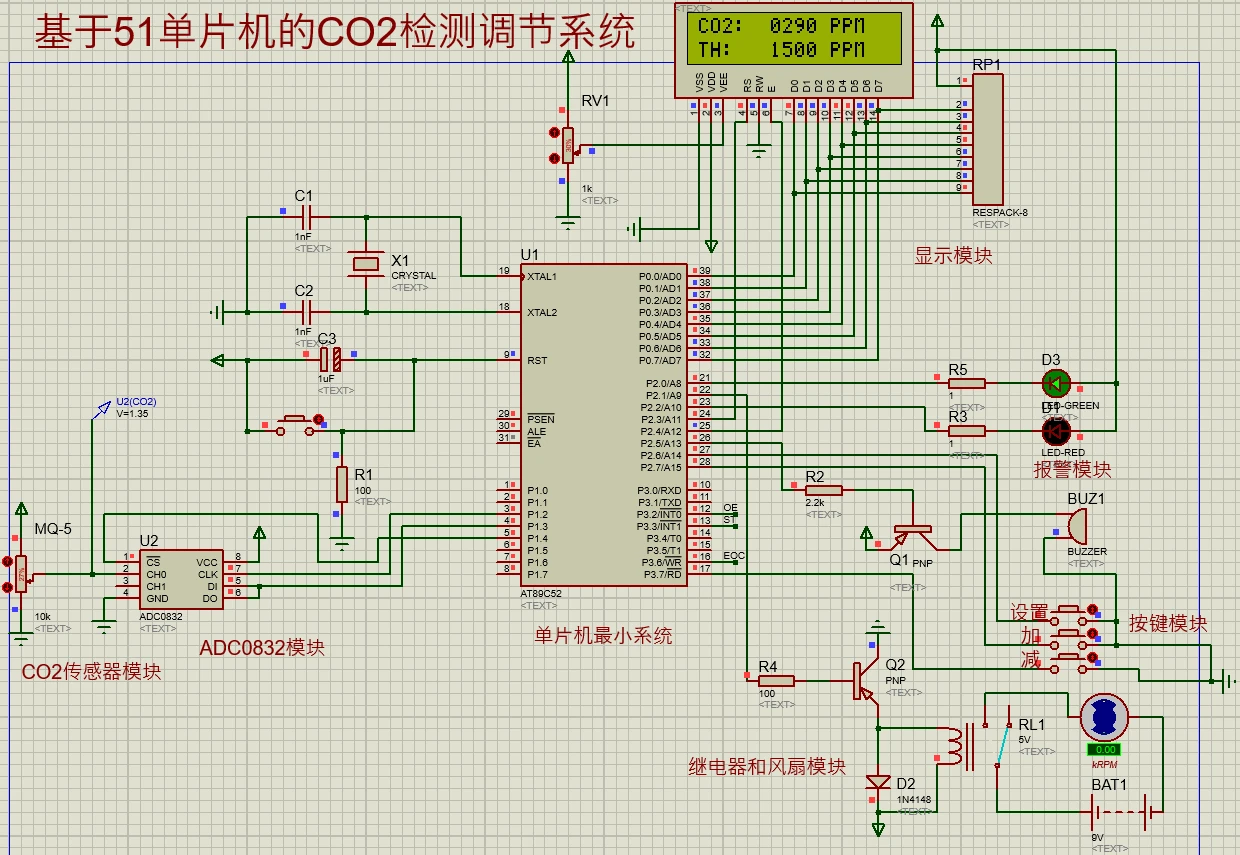
基于51單片機的光照及溫濕度檢測報警
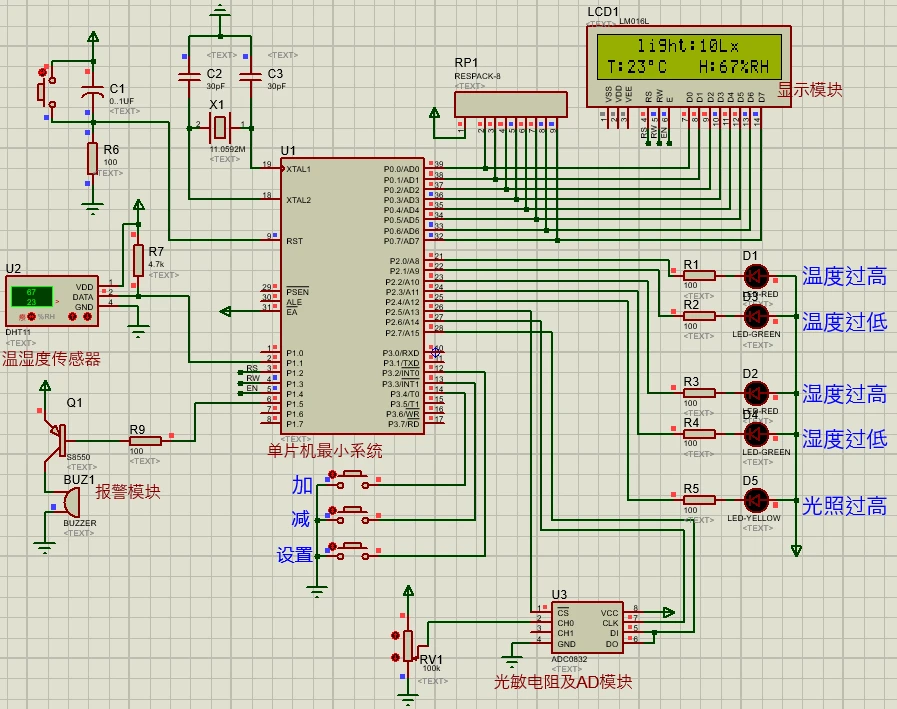
基于51單片機的停車場管理系統
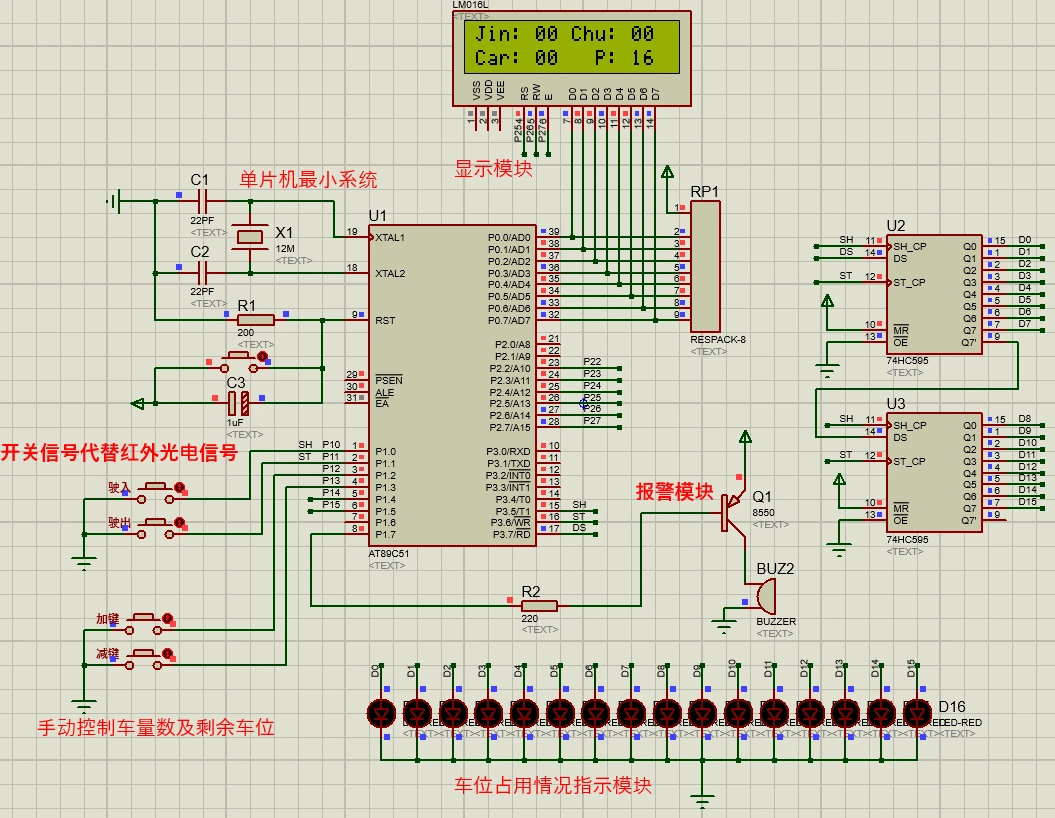




 基于51單片機的LCD1602四數據線驅動程序,LCD1602單片機驅動程序
基于51單片機的LCD1602四數據線驅動程序,LCD1602單片機驅動程序
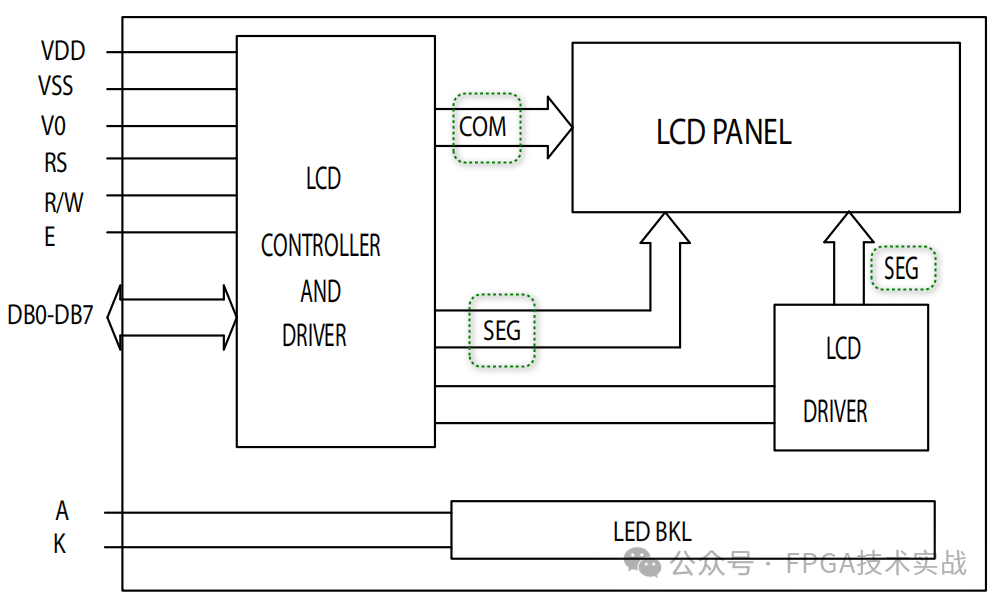
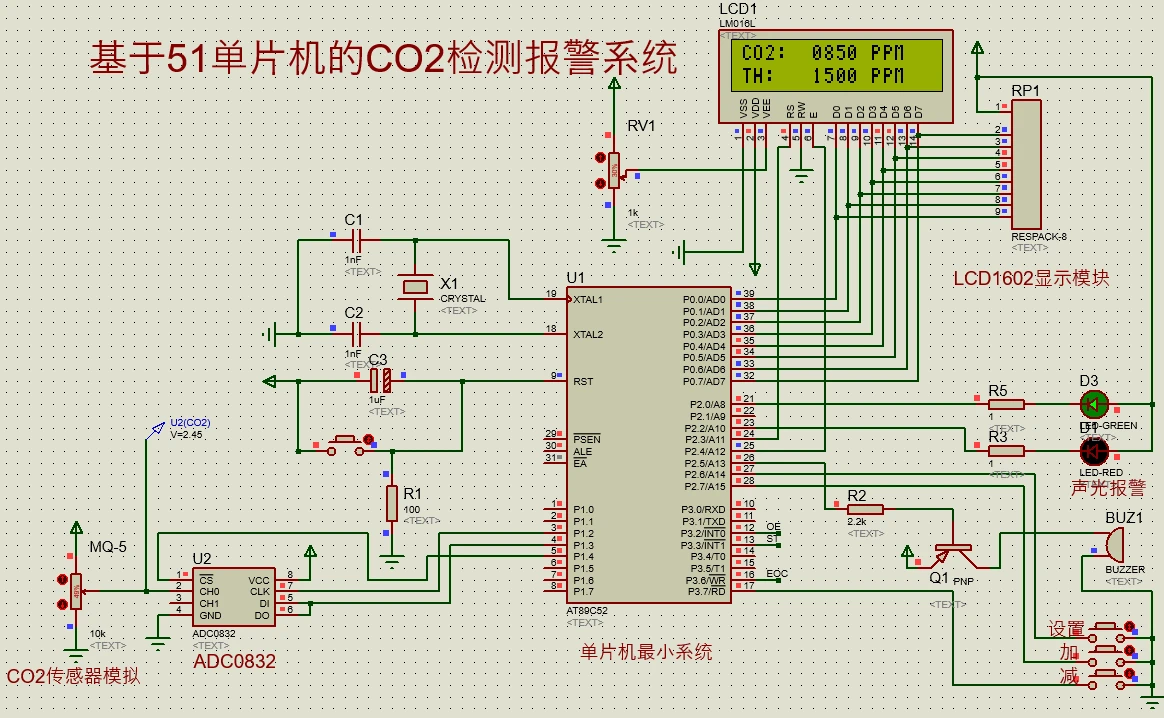

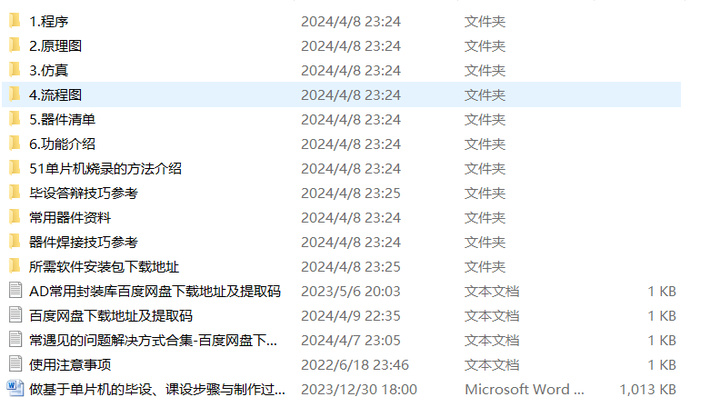










評論